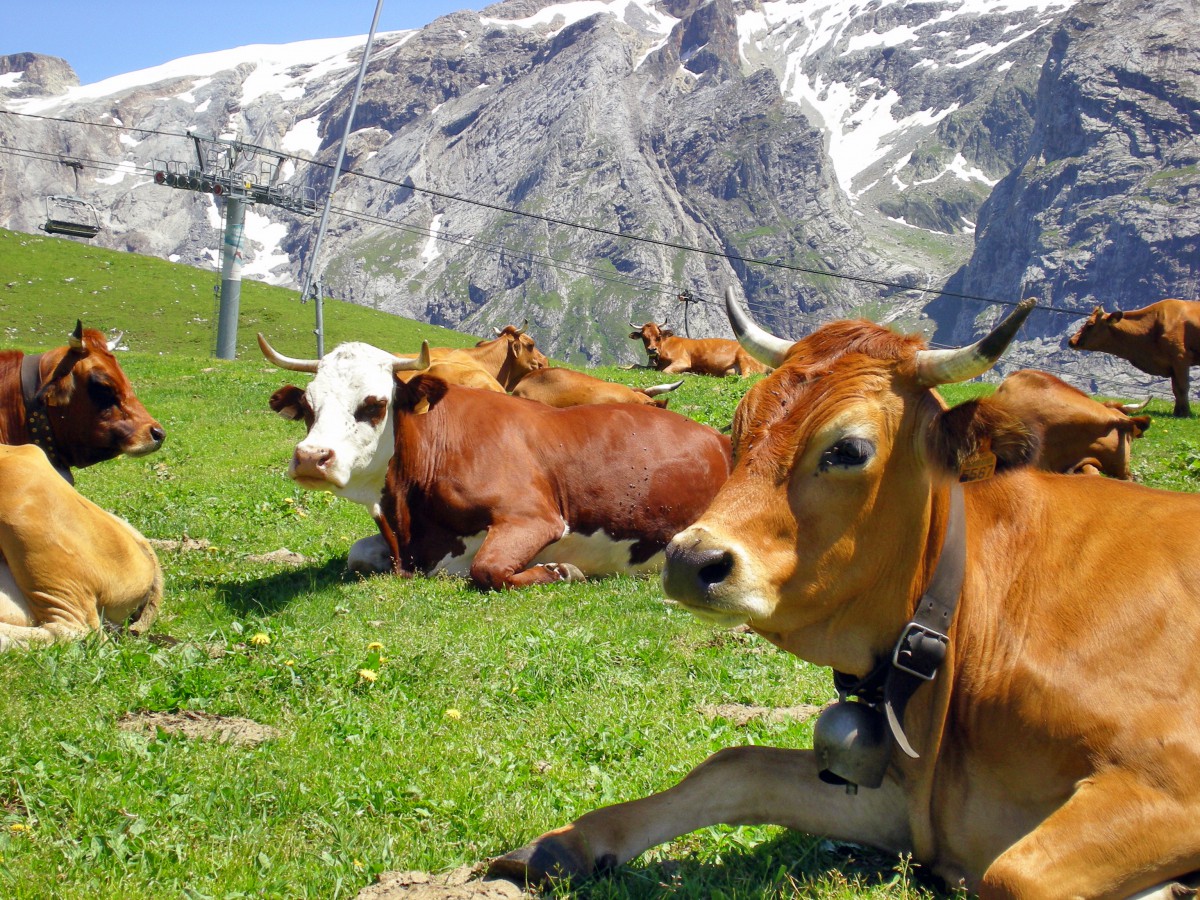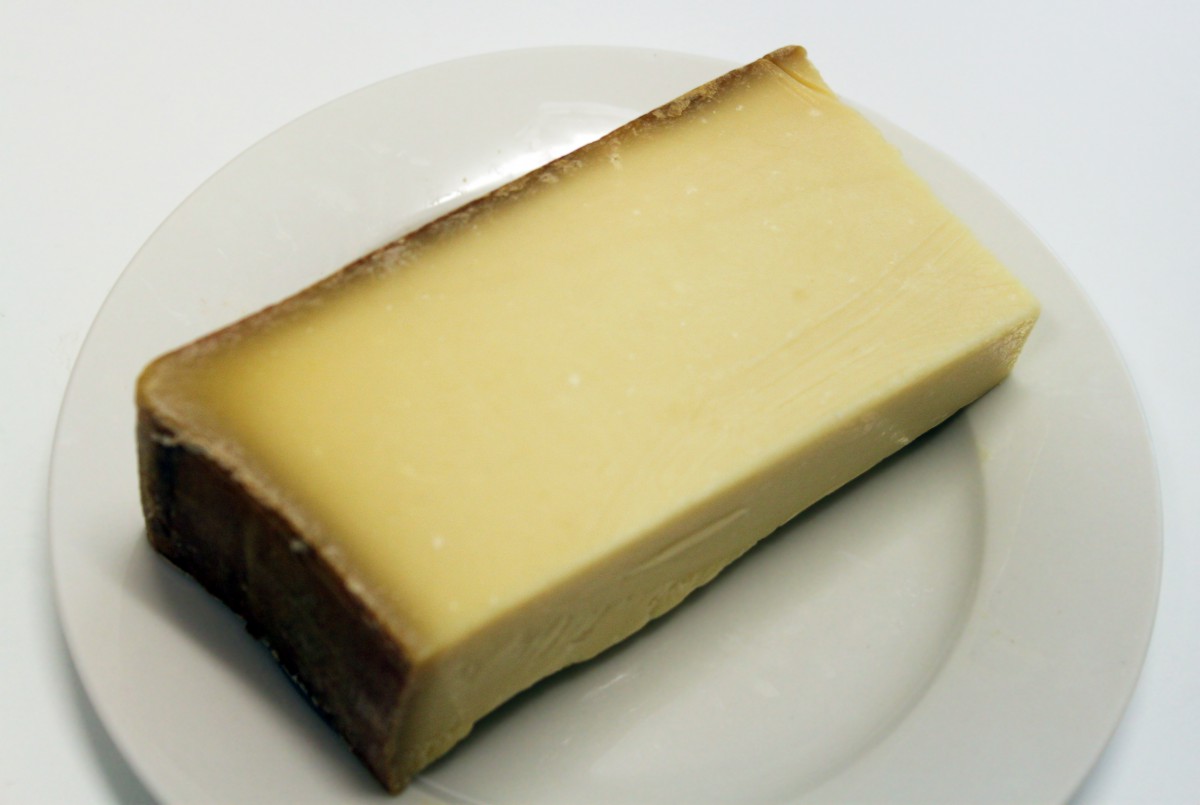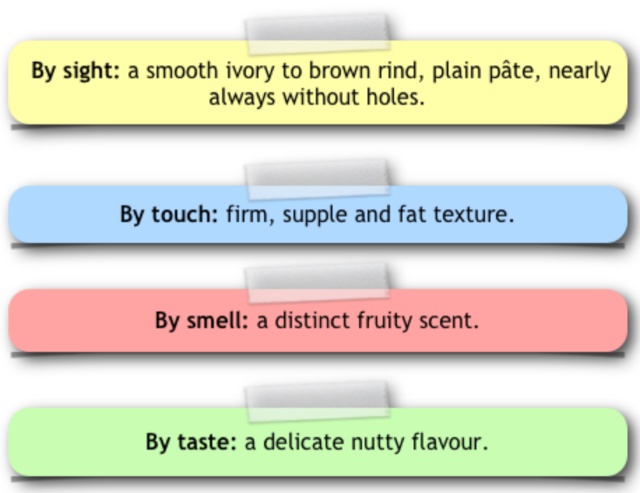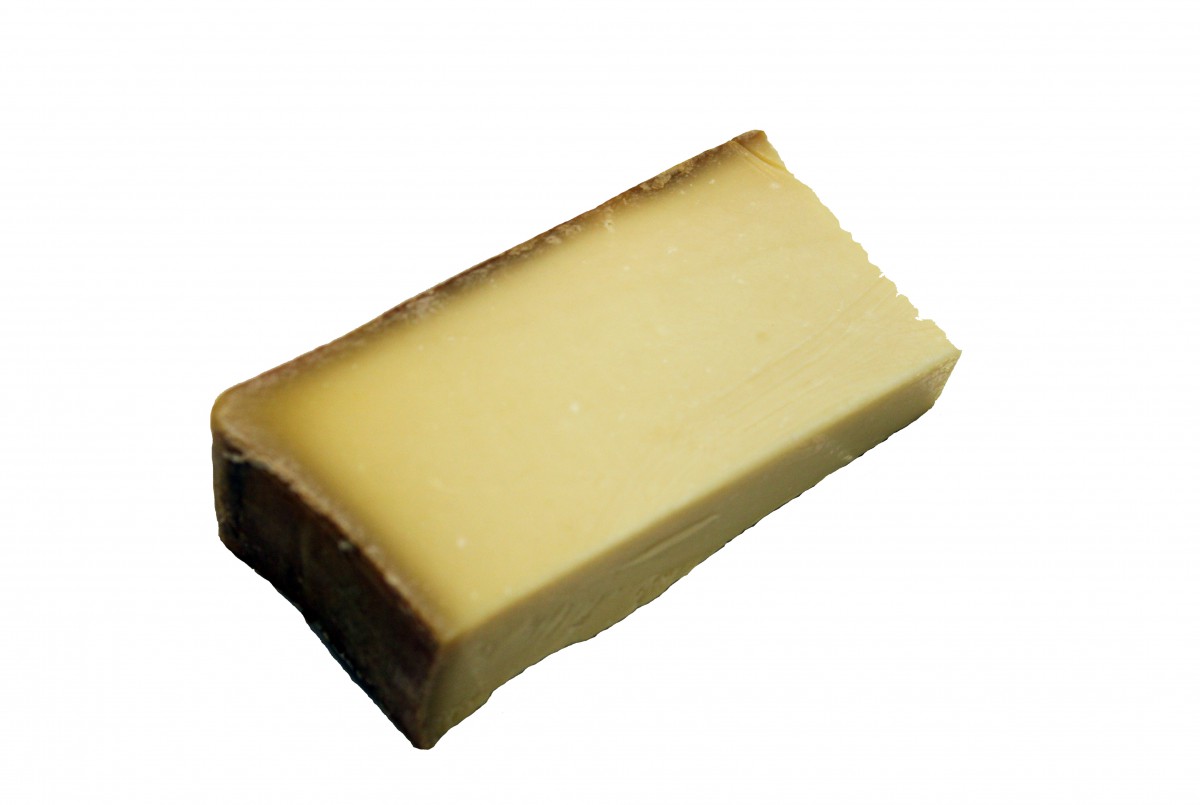Beaufort is a hard cheese produced in the alpine valleys of Savoie (Tarentaise, Maurienne and Beaufortain). This cooked and pressed cheese is made with full-cream raw cow’s milk. The fat content is at least 45%.
Origins of Beaufort

The denomination of “beaufort” only appeared in 1865, however the existence of a similar cheese at the court of Emperor Trajan had already been reported by Pliny the Younger.
Its expansion was due to the monastic and village communities of the Middle-Ages. Documents from the 18th century show its popularity.
Beaufort production area…
The AOC area is spread over:
- the high valleys of Savoie, with their harsh climate/weather and steep slopes
- the vast mountain pastures of Beaufortain, Tarentaise and Maurienne
- part of the Val d’Arly.
The production of beaufort cheese…
The raw milk of Tarine or Abondance cows goes through renneting within a very short time of milking, with a rennet mix prepared from the calf’s stomach, according to ancestral methods.
The cheese, made after 20 hours of pressing, is washed with brine and must then age in the cellar for at least 5 to 12 months.

Still made in small-scale dairies in the traditional way, beaufort has been able to maintain an agro-pastoral method in a difficult environment, maximising the use of the highly specific vegetation of the high and medium mountain pastures of the Alps.
Selection and tasting of Beaufort

- Beaufort is in the form of a round weighing 20 to 70 kg.
- It is an excellent cheese to eat at the end of a meal.
- It may be also eaten with an aperitif as a snack when cut into small cubes.
- It is used for the ‘fondue savoyarde’ and as an ingredient for toasted cheese dishes, tarts, and cheese topping…
- It complements local fruity red and white wines.





